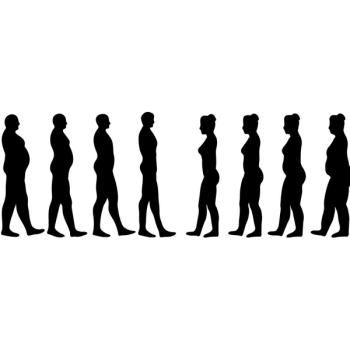
6 Questions on US Adult Obesity Prevalence
In 2018, 9 states reported an adult obesity prevalence of ≥35%. Find out more trends from the CDCs annual Adult Obesity Prevalence Maps.
The US Centers for Disease Control and Prevention recently released the 2018 Adult Obesity Prevalence Maps, which use data from the Behavioral Risk Factor Surveillance System to show the prevalence of self-reported obesity broken down by race, ethnicity, and location in persons aged â¥18 years. The maps show key differences between populations across all US states and territories. Answer the 6 questions below to find out more about key findings.Â
Newsletter
Enhance your clinical practice with the Patient Care newsletter, offering the latest evidence-based guidelines, diagnostic insights, and treatment strategies for primary care physicians.
















































































































































































































































































